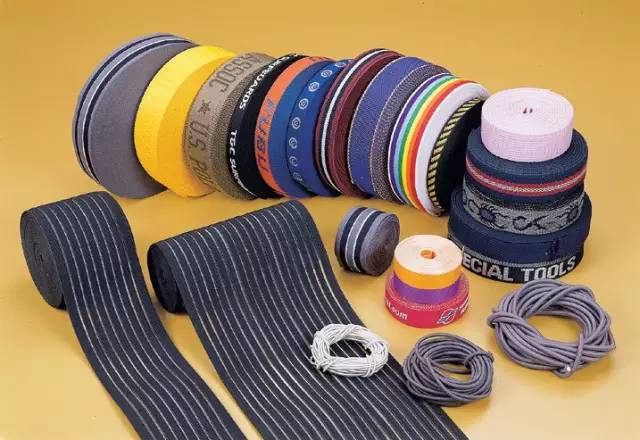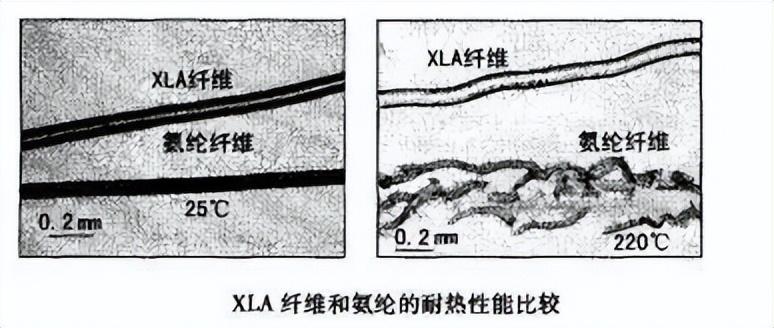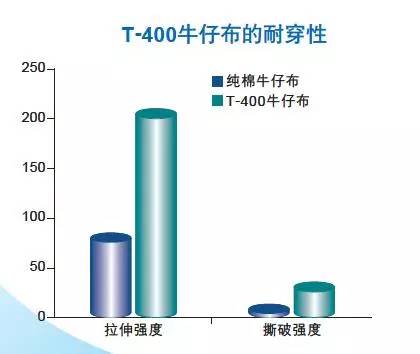Introduction
Elastic fibers refer to filament bundles with high extensibility and high resilience. The most classic definition is given by the American Society for Testing and Materials ASTM: “At room temperature, the material is repeatedly stretched to at least 2 times its original length, and can quickly return to its original length after the tension is released.” Fiber, for polyurethane materials, refers to fibers that can quickly return to their original length when the tensile force is released after being stretched to 3 times their original length. In addition, there are other definitions depending on the country and region.
Among the many functional varieties, elastic fiber, as a “sunrise industry”, can give the human body a good sense of contact, making clothing comfortable, fluffy and warm. Playing an irreplaceable role, it occupies a solid position in the textile industry in China and even the world. Giving textile fabrics a certain degree of elasticity has become an inevitable development trend for wearable textiles.
1. Diene Elastic fiber (rubber yarn)

Diene elastic fiber is commonly known as rubber yarn or elastic yarn, and its elongation is generally 100
%~300%
between. The main chemical component is vulcanized polyisoprene, which has good chemical and physical properties such as high temperature resistance, acid and alkali resistance, and wear resistance. It is widely used in knitting industries such as socks and ribbed cuffs. Rubber yarn is an elastic fiber used in the early days. Since it is mainly made into thick yarn, its use in woven fabrics is very limited.
2. Polyurethane fiber (spandex)

Polyurethane elastic fiber refers to a fiber made of a block copolymer with polyurethane as the main component. In China, it is referred to as spandex. The original trade name in the United States is spandex.
Spandex, later renamed Lycra, Elastane in Europe, Neolon in Japan, and
Dorlastan. Its elasticity comes from its molecular structure, a block copolymer network composed of so-called “soft” and “hard” segments. This kind of fiber has different block copolymers and different spinning processes. After forming different “segment” network structures, the elasticity and dyeing and finishing processing properties are also different.
The spinning methods of spandex include dry spinning, Wet spinning, chemical reaction spinning and melt spinning methods. Dry spinning technology is the most common method for spandex industrial production at present, and it has a fast spinning speed (1000
m/min), small spinning fineness, good product quality, and small production workshop area, but it also has the disadvantages of serious environmental pollution and high cost. In contrast, melt spinning technology does not use solvents or coagulants.
There is no problem of wastewater and liquid treatment, the production cost is low, and it has great development potential. It is one of the hot spots of current research.
Spandex is the earliest developed and applied elastic fiber The widest variety and the most mature production technology.
3. Polyetherester elastic fiber

Polyetherester elastic fiber is an elastic fiber produced by melt spinning of polyester and polyether copolymer. Teijin Co., Ltd. of Japan
1990
First produced in the year. Polyetherester elastic fiber has a similar structure to polyurethane elastic fiber and also has “segment” structural characteristics. The “soft” segment is mainly a polyether segment, which has good flexibility, a long chain, and is easy to stretch and deform; the “hard” segment is a polyester segment, which is relatively stiff, easy to crystallize, and has a short chain. It acts as a node when deformed by force, imparts elastic recovery properties, andDetermine the strength and heat resistance of the fiber.
Polyetherester elastic fiber not only has higher strength , elasticity is also very good, in elongation
At 50%, the elasticity of medium-strength elastic fiber is equivalent to spandex, and the melting point is also higher. When blended with PET fiber, it can be between 120 and 130
It is dyed at ℃, so polyester fiber can also be processed into elastic textiles. In addition, they have excellent light resistance, chlorine bleaching resistance, acid and alkali resistance, etc. are better than ordinary spandex. Due to its good acid and alkali resistance, the fabric composed of it and polyester can also be processed with alkali reduction to improve the drape of the fabric.
This fiber also has the advantages of cheap raw materials and easy production The advantages of production and processing make it a promising fiber.
4. Polyolefin elastic fiber (DOW XLA fiber)

Polyolefin elastic fiber is produced from polyolefin thermoplastic elastomer by melt spinning. beautiful
XLA launched by Dow Chemical in 2002
It is the first commercialized polyolefin elastic fiber, which is produced by melt spinning of ethylene-octene copolymer (POE) catalyzed by metallocene catalyst in situ polymerization. It has good elasticity, 500%
breaking elongation, ability
220℃ high temperature, resistant to chlorine bleaching and strong acid and alkali treatment, and has strong resistance to ultraviolet degradation. Its production process is relatively simple, its raw material price is lower than that of spandex, and it produces almost no pollution during the production process and is easy to recycle.
Because polyolefin elastic fiber has a variety of excellent performance, its application has become increasingly widespread in recent years.
5. Composite elastic fiber (T400 fiber )

CONTEX
Contex (ST 100 composite elastic fiber, collectively referred to as T400 elastic fiber in the market) is a kind of fiber that uses DuPont Sorona as the main raw material and is different from ordinary PET.
A new two-component composite elastic fiber made through advanced composite spinning technology; it has natural permanent spiral crimp and excellent bulk, elasticity, elastic recovery rate, color fastness and a particularly soft feel. It can be woven alone. It can also be interwoven with cotton, viscose, polyester, nylon, etc. to form a variety of styles. It not only solves many problems of traditional spandex yarn, such as difficulty in dyeing, excessive elasticity, complicated weaving, unstable fabric size, and easy aging during use, but also can be woven directly on air-jet, water-jet, and arrow looms. It does not need to be used like spandex. In this way, the covered yarn must be made first before it can be woven on the machine, which reduces the cost of the yarn and improves the quality uniformity of the product.
6. Hard elastic fiber

The above-mentioned elastic fibers are all soft elastic fibers, which undergo greater deformation and recovery under lower stress. From a thermodynamic perspective, elasticity comes from the degree of freedom (or disorder) of the molecular chain, that is, the change in the entropy value of the system. Therefore, the crystallinity of the above-mentioned fibers is very low. However, certain fibers made under special processing conditions, such as polypropylene (PP)
, polyethylene (PE) and other fibers, although they are not easily deformed under low stress (because they have a higher modulus), they also have better elasticity under higher stress, especially at lower temperatures, so this The fibers are called hard elastic fibers.
The deformation and recovery of hard elastic fibers are more elastic There is a clear difference in fiber. For example, hard elasticity
PP
If the fiber is stretched a second time immediately after being stretched and recovered, its modulus and strength will drop a lot. However, if the fiber is left for a period of time after the stress is removed, or the temperature is raised to fully relax it and then stretched a second time, its modulus and strength will drop a lot. The deformation recovery is basically close to the first curve. This is because when the hard elastic fiber is stretched and recovered, not only the stretching and retracting deformation of the long chain segments of the crimped molecules of the soft elastic fiber occur, but also some changes in the micropore structure are accompanied during the stretching process. The chip network structure has also changed. Only after these structural changes gradually recover can they return to their original state. Therefore, they deform and recover under higher pressure and are called hard elastic fibers.
Currently, hard elastic fibers are used in textiles Not much, but because its elastic characteristics are different from soft elastic fibers, some special textiles can be developed.
The process is also accompanied by some changes in the micropore structure, and their wafer network structure also changes. Only after these structural changes gradually recover can they return to their original state. Therefore, they deform and recover under higher pressure and are called hard elastic fibers.
Currently, hard elastic fibers are used in textiles Not much, but because its elastic characteristics are different from soft elastic fibers, some special textiles can be developed.








